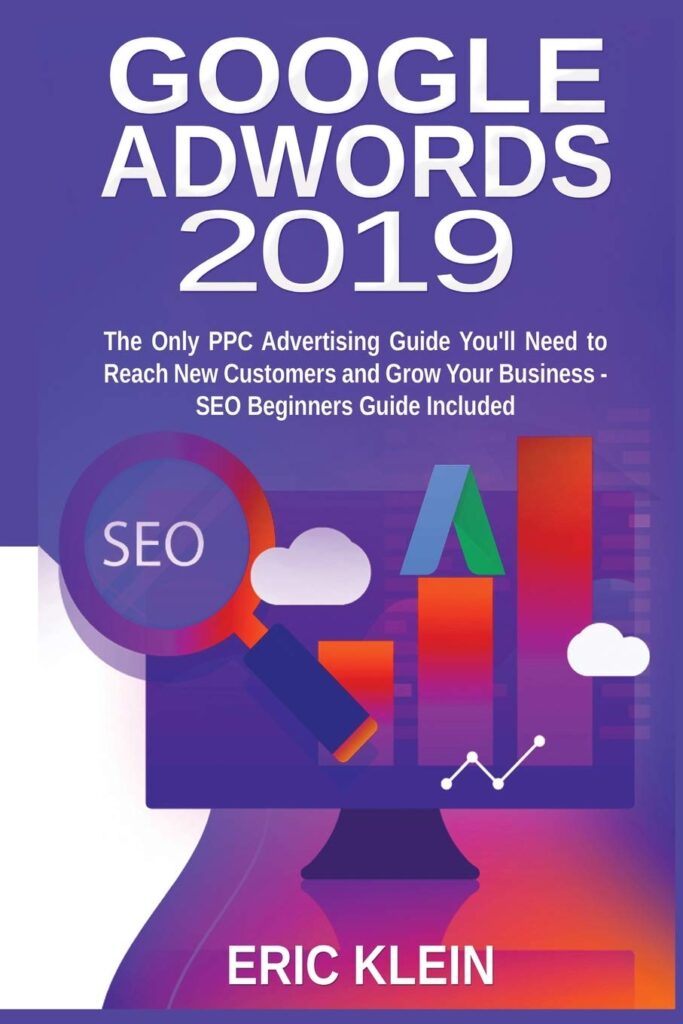Google Ads is an effective platform to enhance the company’s exposure, create demand, and sales. But without proper planning, it is quite possible to spend a lot of money and get almost no result. Check out these guidelines that will guide you when developing perfect Google adverting that will make a difference.
Table of Contents
Be Specific on the Objectives of Your Campaigning
Google Ads can be a great tool for your business, but before running any ads, make sure you know your goals. Do you need more visitors to your website, business leads or sales? Setting up clear goals is important because they help to make your campaigns specific and quantifiable.

Pro Tip: Ensure that the goals you have set for your campaign are in line with your overall business aims. For instance, an e-commerce site will likely require its chatbot to create conversions whereas a service providing firm may require its chatbot to generate leads.
Keywords should be Researched in Detail
Keywords are the key to the success of any Google Ads. You need to also search for keywords with Google Keyword Planner to find those keywords that are likely to yield high results for your business. Blogging should encompass both high intent and long tail keywords to effectively target the right audience.
Example: The terms such as ‘affordable digital marketing services’ or ‘SEO services for businesses’ can be useful if you are a owner of a digital marketing agency.
Optimize Your Ad Copy
Your ad copy should be short and to the point while at the same time being persuasive. Stress your unique selling proposition (USP) and use a powerful call to action (CTA). As a result, use dynamic keywords in your headlines in order to make your ads more relevant.
Best Practice: To write a highly compelling headline, use an A/B testing structure where you produce two or more different versions of your ad copy to determine which is most effective.

Leverage Ad Extensions
Ad extensions are extra features of your ads which give customers more information about your business like phone numbers, addresses or URLs to certain web pages. They enhance the impact and the CTR of your ads.
Types of Ad Extensions:
Sitelink Extensions: Go to particular sections of the website such as About Us or Contact Us.
Call Extensions: Include your business phone number in case of close communication.
Location Extensions: Exhibit your business address to get customers from that region.
Use Audience Targeting
Google Ads also provides the opportunity to reach out for certain audiences according to their age, gender, interests and actions. This feature is a perfect tool to target the audience when it is most effective
Advanced Tip: Create remarketing lists to target those users who have visited your website but did not complete a purchase.
Keep Track of Your Budget and Make Changes
It’s better to begin with limited financial assets and slowly accumulate more money for it to work out. To get the best out of your budget, you should use features such as bidding strategies like Maximize Clicks or Target ROAS available in Google Ads.

Google Ads Mastery 2024 by Rahil Ahmed / Strategies for the Advanced Marketer
Pro Tip: Continuously monitoring your campaign results and optimizing for your ideal bid for a keyword that is performing too well.
Track and Analyze Performance
You should vouch for the effective status of your campaigns by means of applications such as Google Analytics. Pay attention to metrics such as:
CTR (Click-Through Rate): Measures ad relevance.
CPC (Cost Per Click): Tracks cost efficiency.
Conversion Rate: Shows how many people are making the right actions in terms of marketing strategies.
Action Step: Coordinate conversion tracking so that you can determine just how well your ads are doing as far as fulfilling your objectives.
Focus on Landing Page Optimization
Your landing page is as important as your advertisement. Make sure it’s quick, optimised for mobile, and matches the text of the ads. It is therefore important that you create a good landing page as this will enhance your Quality Score and your conversion rate.
Key Elements of a Good Landing Page:
Proper headline that corresponds to the ad.
Prominent and actionable CTA that you want the user to take, such as Get Started or Contact Us.
Positive reviews in one form or another to ensure the site is trustworthy.

Learn About New Features In Google Ads
Google consistently introduces new innovations in the Ads platform, which is the focus of this paper. Ensure you get these updates and use them in your campaigns so that you can be ahead of other people.
Experiment and Scale
Do not be afraid to try out new ad formats, keywords, or bidding strategies all at the same time. Use this data to increase and optimize your campaigns even more for getting the maximum return on investment.
Conclusion
Google Ads’ successful application involves the planning and preparation of ads, continuous monitoring and subsequent optimization. If you follow these best practices, you will be able to make campaigns that will target your audience as well as give you tangible outcomes. Always bear in mind that the concept here is to test and try out what works best for the business time and again, then analyze the results.


2 thoughts on “What are some of the best practices for using Google Ads in a digital marketing strategy?”